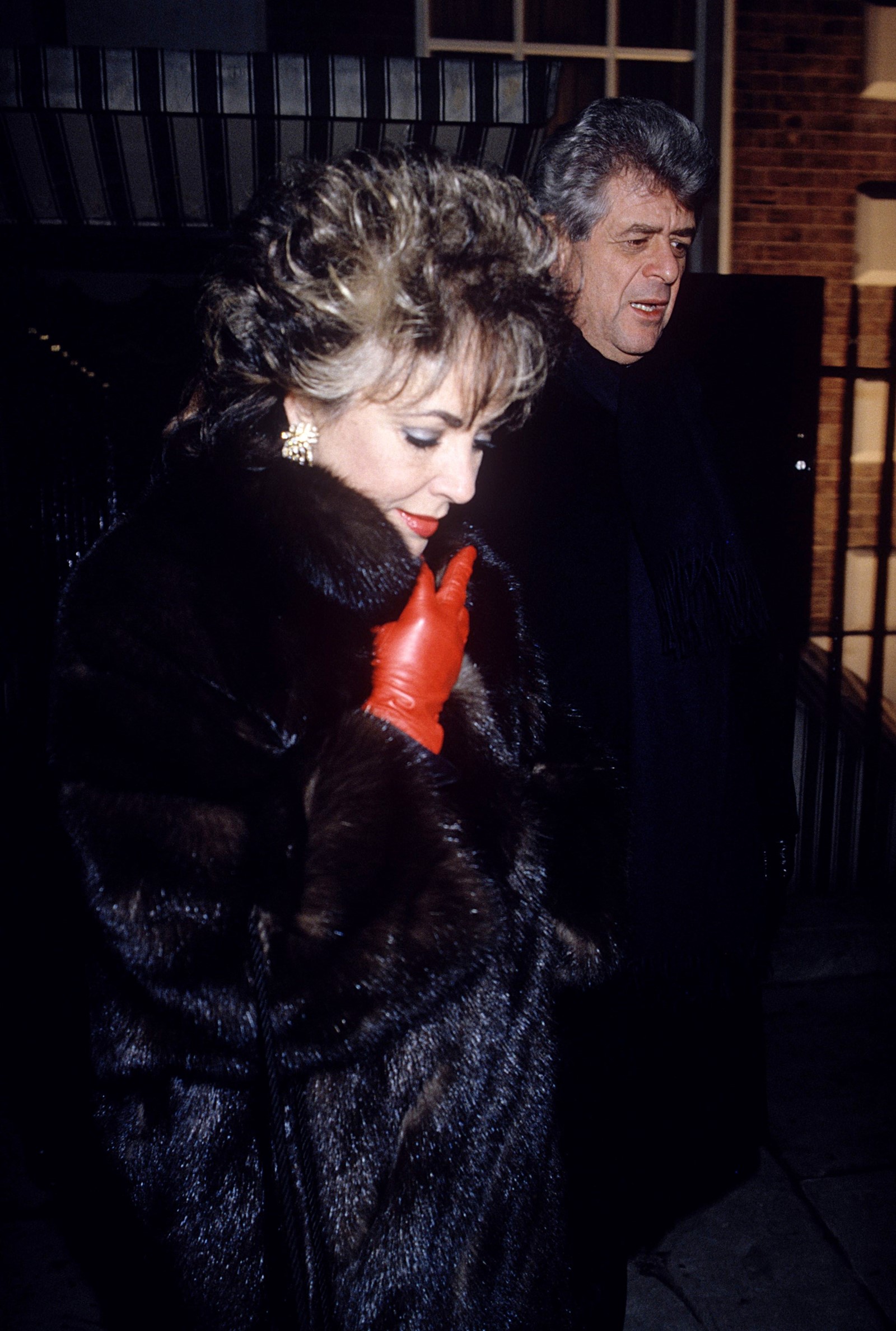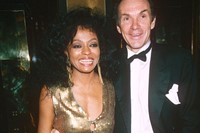Annabel’s was the nightclub you saw from a distance. From its opening in 1963, the entrance on London’s Berkeley Square was crossed by streams of beautiful people vanishing down the stairs. Frank Sinatra was one of the earliest members; Diana Ross, The Rolling Stones and Ella Fitzgerald played private sets; John Wayne once rolled in so drunk that he broke three cigars trying to light them. By 2003, the Queen was dropping by for dinner. (She drank a gin martini, without lemon. It remains the only nightclub she’s visited.) There are no candid photographs of any of these events. Mobile phones and cameras are surrendered on the door, and public access ends at a small, striped sentry box on the pavement. Journalists have never been admitted. Once, a photographer for The Sun sneaked in, took a quick snap of Joan Collins dancing, and tried to flee. The doormen left him lying on the pavement, without his film. The only thing that mattered to Annabel’s was to keep its secrets hidden.
Glamour is a rarefied form of everyone’s need for validation. People want to be seen; they want others to confirm they matter. The urban rich go out, because staying home is for the country, and to behave expensively is to be seen, to flash your life around. Consumption should always be conspicuous; glamour then gives it space and direction. You appear before others, and dazzle them – and then, to finish the picture, you need to be able to leave, to go somewhere they can’t follow. Luxury is an escape from the everyday.
As the capital of an empire that always condemned the vulgar, London has a history of luxury exclusion. The old gentlemen’s clubs are the original model, dating back to Victorian times – the Carlton, the Travellers, White’s – but unlike Annabel’s, they were always open around the clock, serving breakfast, lunch and dinner. They held, and still hold, that poverty is forgivable but vulgarity is cheap. Membership of the East India Club, for instance, is by invitation or nomination; only then can the issue of annual dues – up to £1,120 – be politely introduced. Find yourself short in the club, and you can just put the bill on your account, but never tip the staff, never bring your ‘business papers’ in, and never, in particular, omit to dress correctly. I visited with a member who didn’t have a tie, and claimed to the steward that he’d “left it on the flight from Geneva”. In fact, he was tipsy and forgetful, and had come from Putney. The steward had a spare brought up without fuss, but there was something otherworldly about the conversation between them: you couldn’t tell whether such Genevan lies were so everyday in the Waterloo Room that they passed without notice, or these men both knew they were sharing a fiction and wouldn’t admit it.

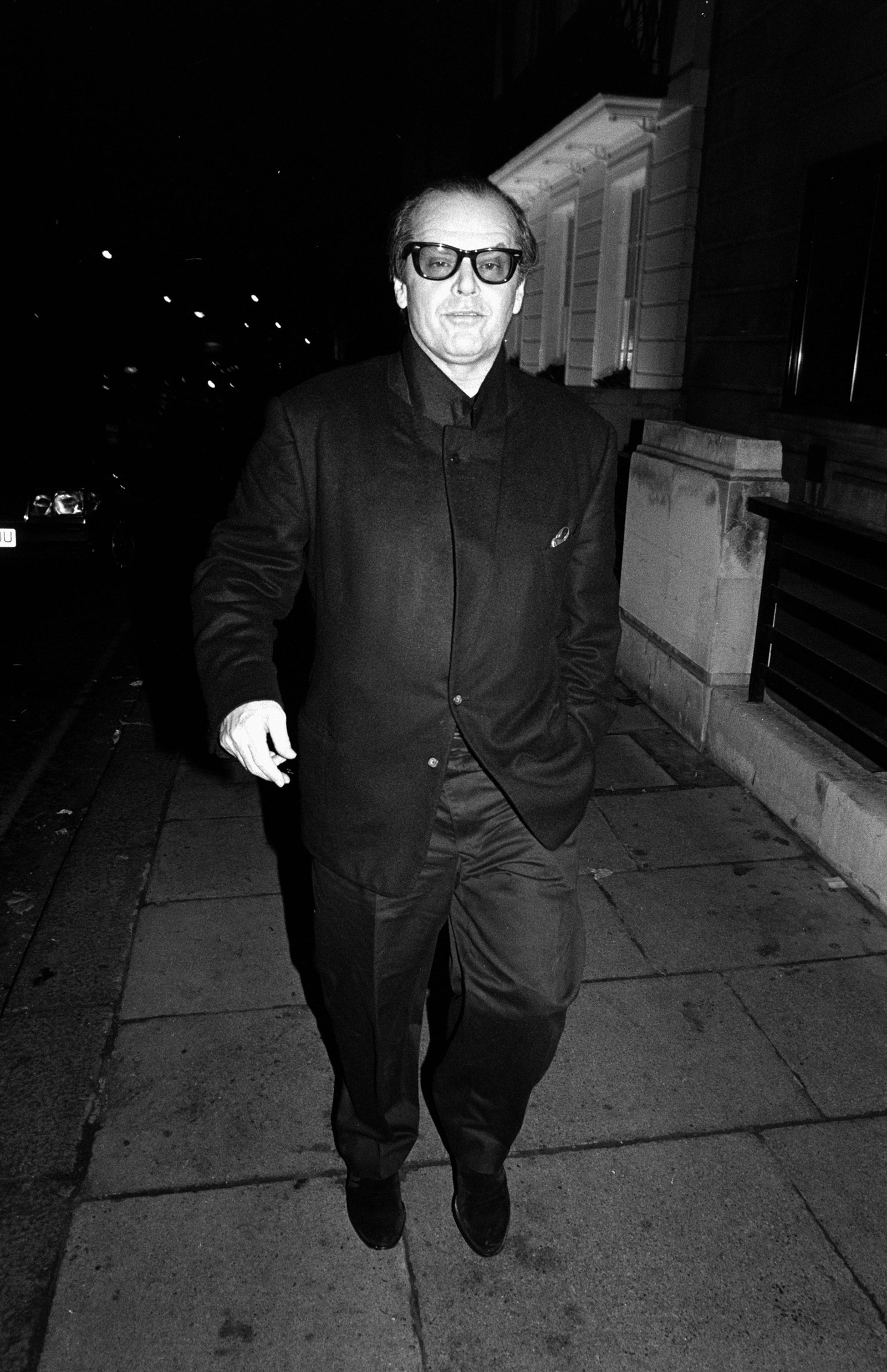
The heart of clubland was historically in St. James’s, and pockets of Mayfair; Regent Street marked the eastern border. Beyond that, you were in Soho, where people always had the vulgar habit of being bohemian, theatrical, unmoneyed and wild. As the post-war environment gradually loosened society’s laces, the younger among the rich needed somewhere to go after spending the day at their clubs, somewhere with more licence but equal prestige, so Annabel’s appeared in Mayfair, with others following suit. And yet only 20 years later, in the 1980s, what a ‘club’ comprised, in the original sense, would suddenly start to change. A new raft of members’ clubs appeared in Soho, full of artists, musicians, women, and all the decadents you’d normally see underground – but they had plush bars as well, and waiting lists, and categories of Town and Country membership. The first was the Groucho, which still describes itself as “an antidote to the stuffy gentlemen’s clubs… a bastion and refuge for arts, literature and media folk”. Francis Bacon was a member for life; Sienna Miller is a frequent patron; Caitlin Moran launched a book there. Blacks was designed as an antidote to White’s, and encourages members to bring their dogs. Soho House, the one that went global, only wants new blood from ‘the creative industries’, and discourages ‘corporate attire’. The staff tell members to remove their ties.
And so Annabel’s, increasingly trapped between worlds, has chosen this winter to renew itself. It’s about to move one door down Berkeley Square, to a tall Georgian townhouse that’s variously been an office and a bank. Its remodelling is a sign of the changing times: since the 1960s it’s been a nightclub, open from the evening until a few hours before dawn, but with each passing decade the life of a moneyed London ‘creative’ has moved backwards into the day. The Groucho and most of the Soho Houses are open from 7.30am, a time before hangovers can even kick in; the new breed of arty professionals, from freelancers to marketing execs, want breakfast and artisan coffee; airy rooms and polished sofas; uninterrupted wifi. Shoreditch House, for instance, is a millennial paradise, with sitting rooms, bars, a sauna, a gym. The ambience is one of precisely realised intelligence: there’s a room for every slot in a scheduled artistic life, from conversations (individual chairs at a fireplace) to work (open-plan tables and power points), and later, as the sun goes down, people and furniture alike can be reconfigured for cocktail hour or dinner. The staff have an efficiency to match the floorplan. Every element seems faultlessly bespoke, in the way that film sets are.
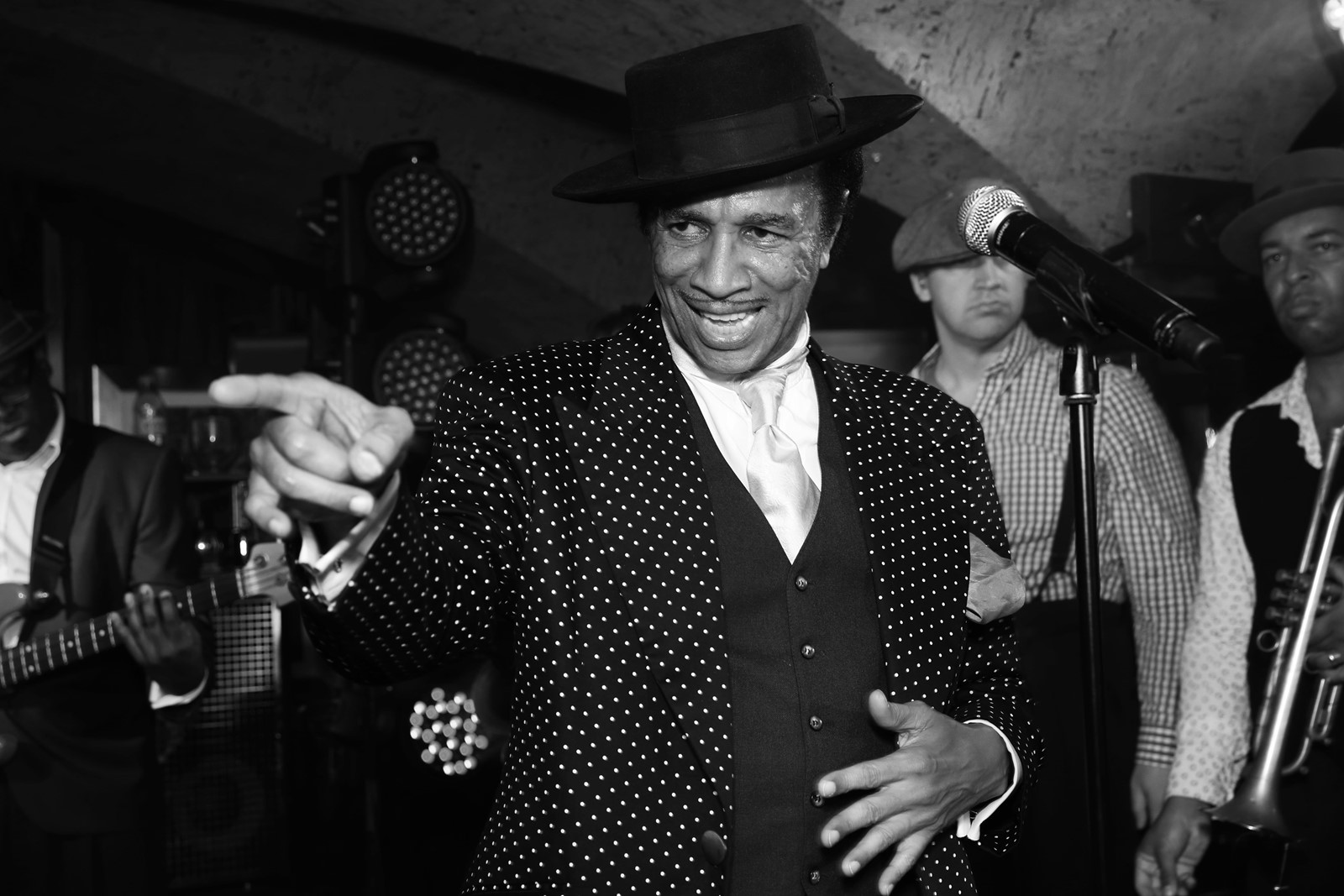
Members’ clubs, then, have turned into homes from home, and the loop of fashion that began in 19th-century clubland has come full circle. Annabel’s, for so long a place that didn’t wake up until after the violet hour, is keeping the decadent nightclub, but the three-storey building above it will open its doors at 7am and keep them that way until 4am the next morning. There’ll be a long garden with a retractable roof, high-ceilinged spaces to lounge in, private dining rooms to reserve. The interior designer, Martin Brudnizki, is delving into the Renzo Mongiardino school of baroque design; Mongiardino treated rooms like sets as well, using subtle clashes of colour and layers of wildly disparate patterns to make every texture and perspective in sight seem like a complex form of enchantment. On the ground floor, the theme will be ‘English garden’, and the foliage is ‘Asian’ in the rooms above. Down in the underground vault – larger than the original – these gardens turn lapsarian. When I visited the nightclub (quite some scaffolding short of completion), I was told coyly that it would feel “somewhat hidden”, and that its theme might be described as somewhere between “paradise”, “temptation”, and “the fall of man”. There’ll be as many private nooks as spots on the dancefloor.
Upstairs, the influence of the Soho House model is bold. On the second floor there’ll be a large, rectangular room, Latin American-themed, with refreshments a little less heavily priced than elsewhere in the club. This space is where the younger crowd are supposed to stow themselves away and type. You imagine open sofas, warm colours, broad tables; but you wonder quite who the people will be. A writer I know, who tags along as a guest at Soho House, has noticed that the writers and oddballs, the ones who ignite the production chain, always seem to be there as plus-ones. It’s not a surprise; after all, they’re the least likely to be able to afford the dues. (Personally, I can’t say the new annual fee – somewhere between £750 and £2,750 – is burning a hole in my pocket.) Wealth loves, and will foster, itself. If this law weren’t true, clubs wouldn’t have to perform periodic culls, the way that in 2010 the New York Soho House purged everyone ‘too corporate’.
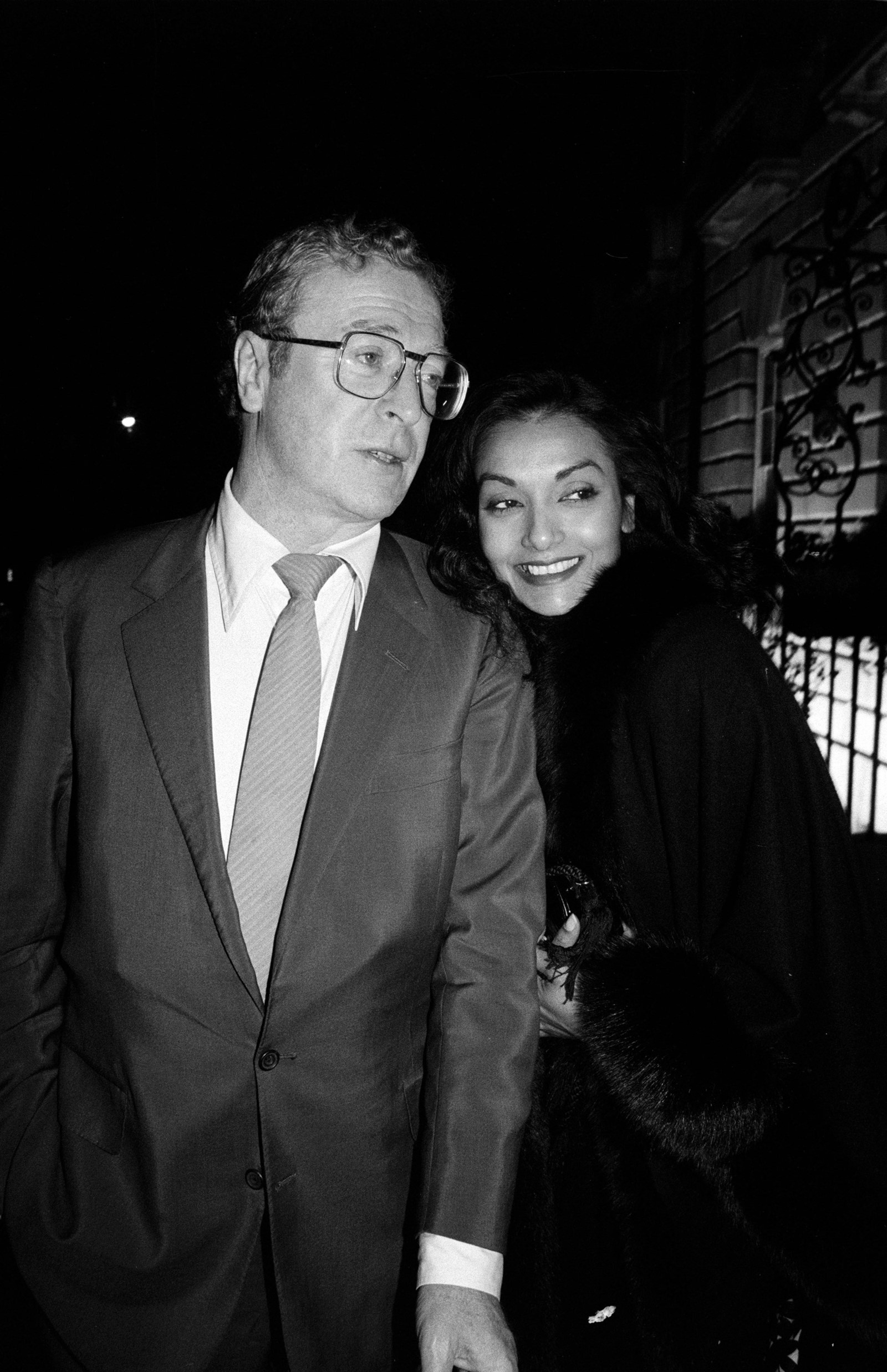
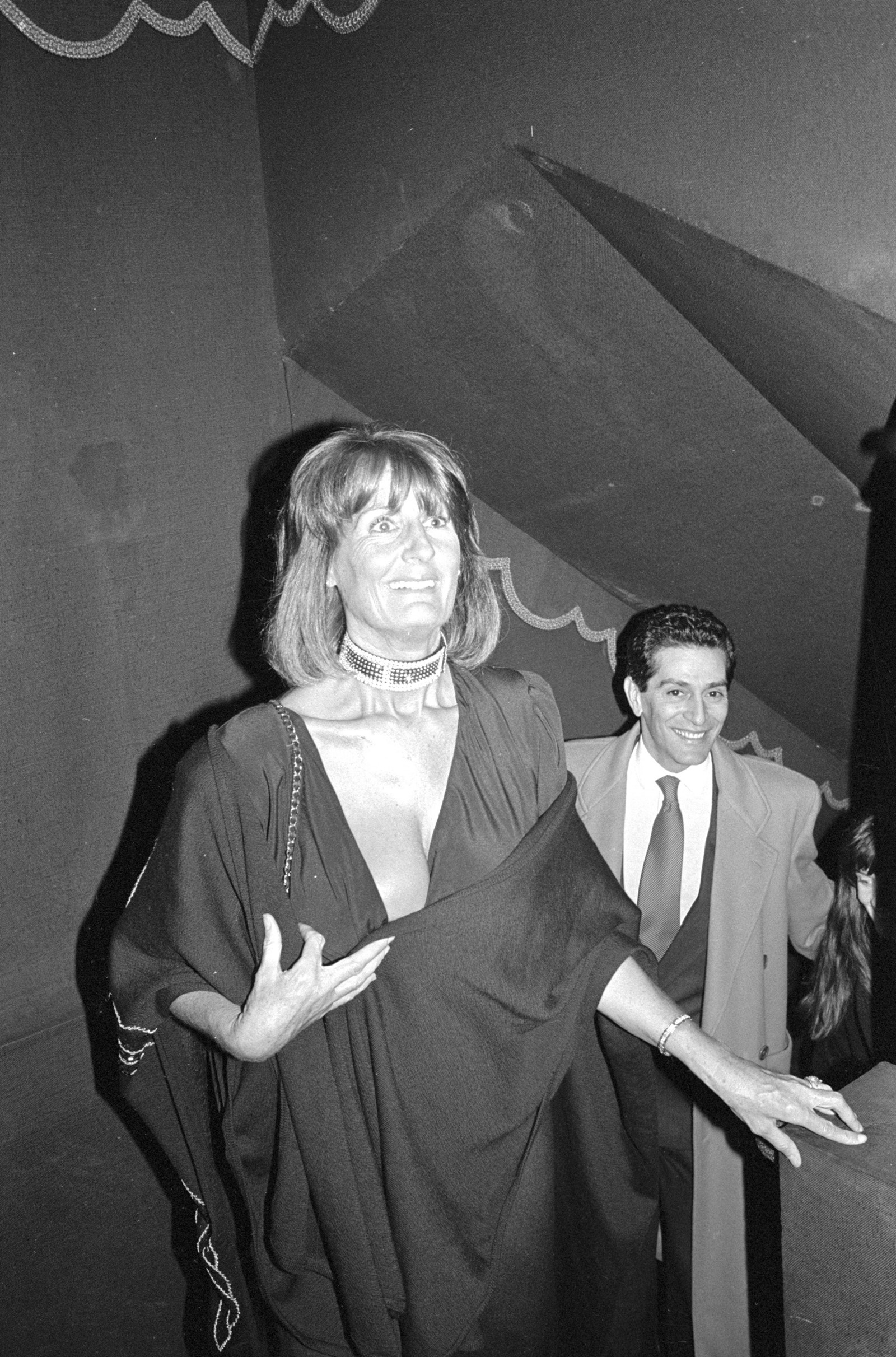
Annabel’s is about to loosen its famously buttoned-up dress code, too, and what’s more, though my hosts wouldn’t admit it in so many words, the entire membership has been effectively put on notice. Everybody (bar founding members) must reapply, and while they’re exempt from joining fees or nominations, they’ve been warned that on account of ‘unprecedented demand for membership’, the club is ‘unable to guarantee’ their position. This is a well-worn corporate strategy: make everyone reapply to the job of being themselves. The owner Richard Caring has warned, with useful vagueness, that anyone “not really cool” mightn’t survive. Cachet is always based on past achievements; threatened by an irrelevance purge, the members of Annabel’s will forever be trying to avoid their own expiry dates.
I don’t call this a good or bad thing, so much as the product of a natural law. Glamour is vulnerable to time. Of course everyone will reapply, as you would in their place, because thresholds are places where people get seen, and Annabel’s will have the starriest threshold for the starriest people. It made me think of the F. Scott Fitzgerald story that began, “Let me tell you about the very rich. They are different from you and me.” After ten years, his friend Ernest Hemingway had some esprit de l’escalier, and imagined the reply: “Yes, they have more money.” But though Hemingway thought this was a devastating riposte, Fitzgerald had it right. The rich will live in a magic house, and the unmagical people will gaze at it. The aura of glamour is only as unreal as happiness is, and we don’t punish people for wanting that. So, as I was led around the construction site at Annabel’s, and shown visuals of its finished form, I thought of its prospective membership, and what Fitzgerald wrote about them. Lionel Trilling said the novelist “had but little impulse to blame”, and added that that was “remarkable because our culture peculiarly honours the act of blaming, which it takes as the sign of virtue and intellect”. Fitzgerald knew that glamour would always be both attractive and repulsive to us, because it’s a special, varnished subset of the way everyone looks at each other – and in the mirror. We’d all like to be inside the door, glass in hand, feeling like we made it.
